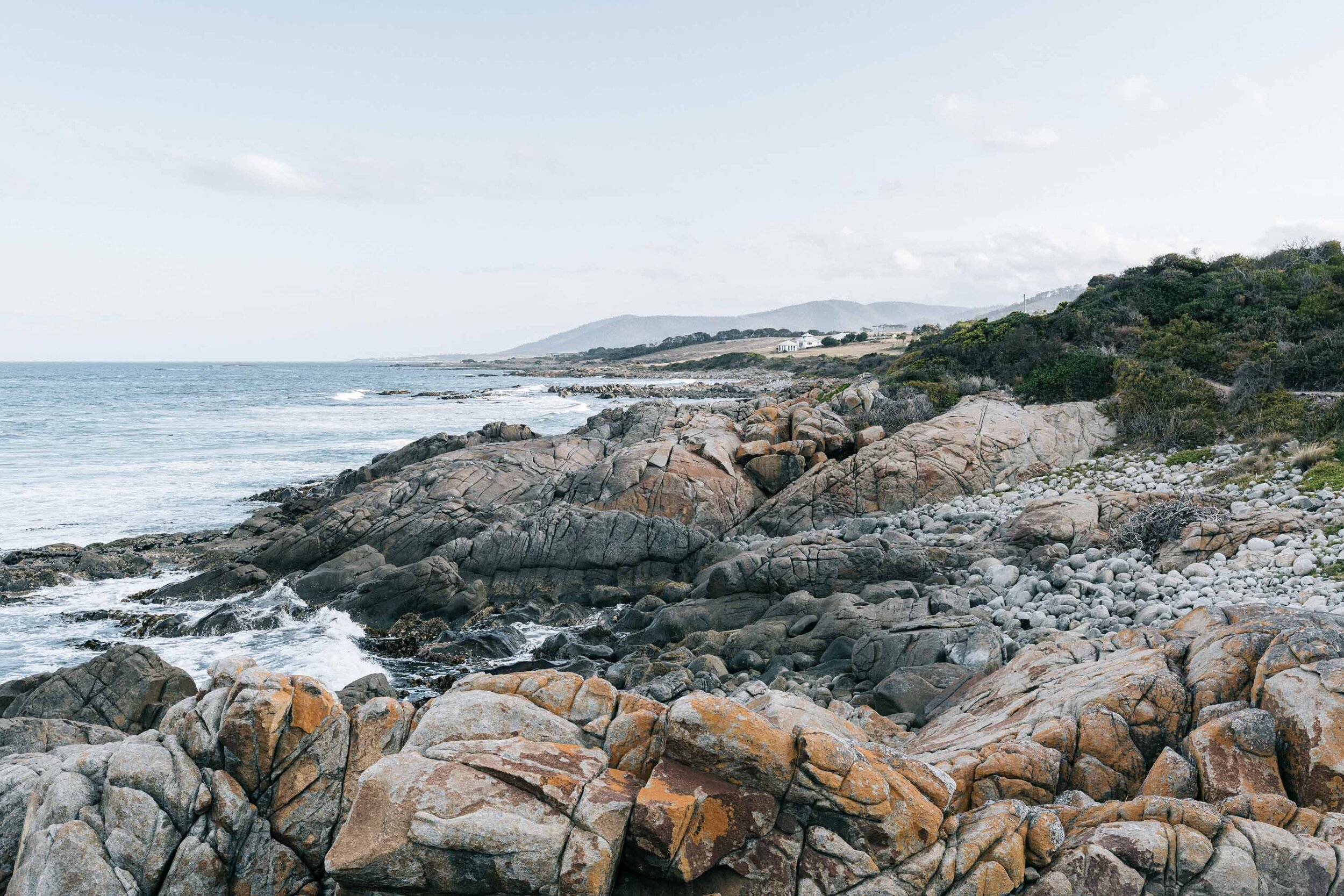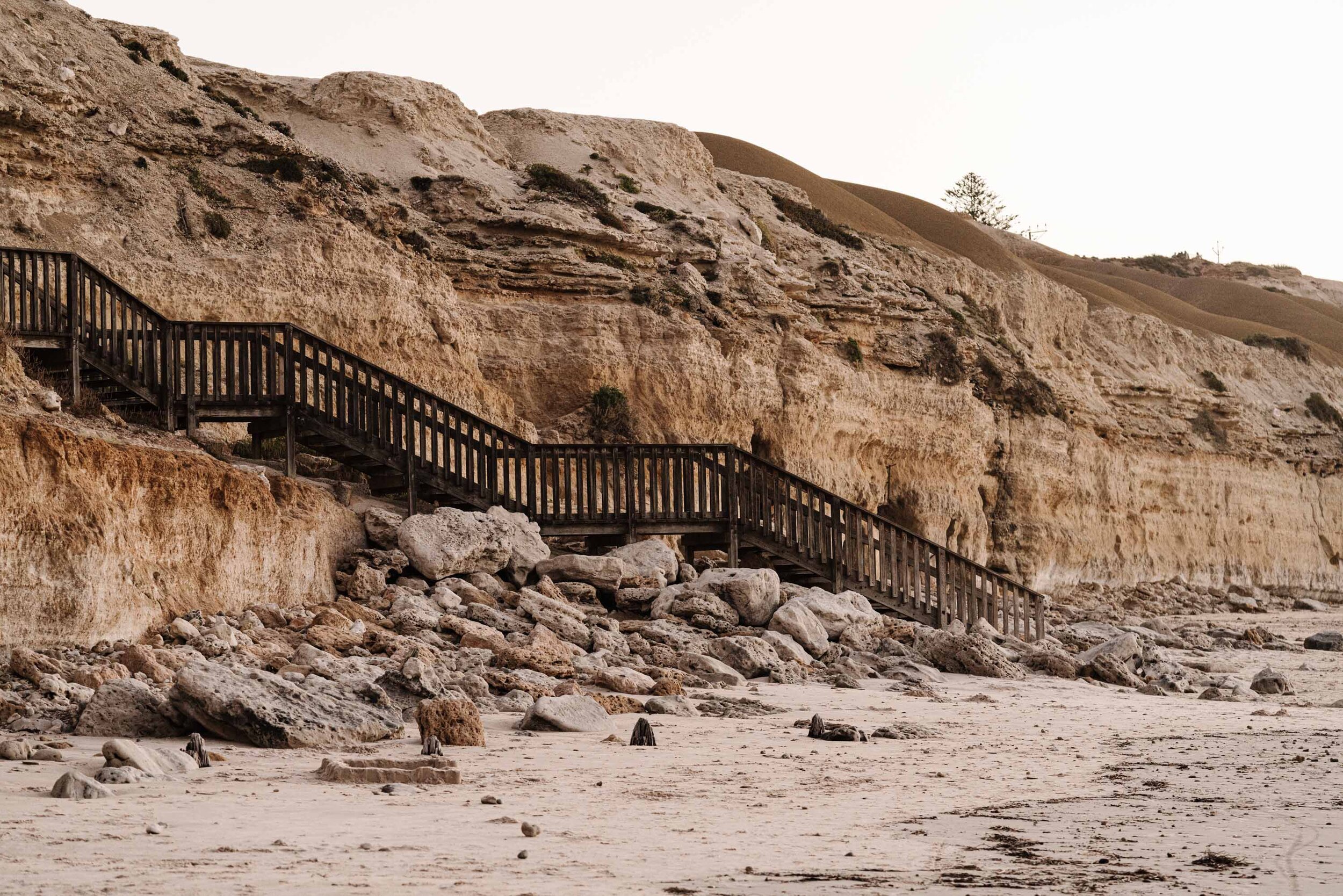
Impact report 2020-21
Measuring my business as a force for good.
This year I applied to become a Certified B Corp.
Why? Because to me, running a business is about more than making money. I believe it's an opportunity to make a positive impact on other businesses, communities, people and the environment.
Broadly speaking, the way I achieve this is by working with clients who are doing good for people and the planet. However I can also create impact through how I run my business, using my for-profit model for good.
I think it’s important to demonstrate that it’s possible to run our businesses in an ethical and sustainable way, in order to inspire others to do the same.
This report sets out the four main ways I worked to create impact in 2020-21.

Balancing purpose & profit.
Business.
Thinking about my business through the lens of making an impact meant redefining some basics around what I do, and why.
Starting with why.
I wrote a mission statement to define my purpose in business.
I am a purpose first photographer, increasing impact for those making a difference.
B Corp.
Certified B Corporations are businesses that meet the highest standards of verified social and environmental performance, public transparency, and legal accountability to balance profit and purpose.
I’ve wanted to do my B Corp certification for a couple of years now, but I never knew where to start or how to find the time. So I decided that starting in January 2021, I wouldn’t take on any jobs for the first week of every month in order to carve out time. I hired a B Corp consultant (thanks Ally from Ffutures, what a legend!), and got stuck in.
By early April, I had submitted the assessment. It took another four months of finalising all the documentation while I waited in the lengthy queue for assessment. Fast forward to mid November, and I can now proudly announce that I am B Corp certified!
Company constitution.
To meet B Corp requirements I realised I needed to rethink my business constitution - to ‘bake in’ the good. A company constitution is a legal document that defines how that company can operate. Certified B Corporations update their corporate and governance structures to allow them to consider the impact of their decisions on stakeholders.
Code of ethics.
I wrote a code of ethics (you can see it here). I also wrote policies on ethical marketing and advertising, privacy and data collection.
Banking and super.
Choosing mindfully who to bank with, and where your super is being invested, is one of the most powerful ways you can use your money to match your values.
I’ve had my super with Australian Ethical Super for a long time, but until a couple of years ago, my banking wasn’t aligned with my values. When I first started thinking about doing my B Corp, I switched to Bank Australia. They are a customer-owned, Climate Active B Corp, and use clean money to shape a better future.

A rising tide lifts all boats.
Clients.
How often do we consider where our income is coming from? Is it from industries or businesses and people trying to improve the world? Or is their business actually doing more harm than good? Today, the selection of clients is an intrinsic part of how I conduct my business.
Defining a purpose-driven client.
As a responsible business, I have a desire and commitment to serve other purpose-driven organisations. So what does purpose-driven mean? And how do I determine if potential clients fit the bill?
I have adopted a traffic light system for clients. It’s reasonable to assume that not all clients will be aligned as much as I would like. Some are my ideal clients and these I categorise as ‘green’. Some I consider outright harmful, either socially or to the environment; these clients are ‘red’ and I will not work with them.
Some, however, are classed as ‘orange’. They do not necessarily cause harm, but they are also not showcasing good or innovative work in either a social, health, or environmental context. I admit this has been the most difficult category, which is why I devised a questionnaire in order to best understand if they are more or less aligned with my business.
This traffic light system has helped me identify clients who are not necessarily 100% aligned, but who have the potential to make improvements. I believe in supporting conscious businesses, and I believe that a rising tide lifts all boats. By working with businesses that may not have considered their impact, we have the potential to make a positive difference together.
Client satisfaction.
Asking your clients if they’re happy with your performance is terrifying. However, with a formal structure in place it can be a very valuable feedback tool. This year I made a survey and specified targets for client satisfaction. I analysed the results at the end of the financial year to see if I met these targets.
Some key takeaways: 95% of my respondents (41 clients in total) said my pre-shoot communication was just the right amount, and 85% said their understanding of licensing was good and they understood the basic principles. 93% said that shoot day was “fun, so much fun” or “calm”, 83% said they were blown away by my deliverables and they were much better than they imagined. 88% said they’d recommend me as a 10/10, 5% said they’d recommend as a 9/10 and 7% said they’d recommend me as a 7/10. One figure I’m especially proud of as a business owner trying to do meaningful work: 100% said my value for money was good or great.
The summary table below breaks down this survey and how I met my targets.

A focus on good.
Community.
Once I had defined what I do, and for whom, it was time to look at how. We all make choices every day in our business and our life. Making those decisions more consciously allowed me to consider the impact more broadly. In short: how could I help my community?
Spending.
Doing my B Corp made me question where I was spending my money. Am I spending with intention? Am I supporting small and local businesses? Or female or diverse/minority owned companies?
I’ve always done a lot of research before a new purchase, but as a photographer a lot of my expenses are from global software companies and for technical equipment that may not be particularly sustainable. While I can’t do much about those types of expenditures, I can buy my gear from smaller, independent local businesses instead of directly through the manufacturer. Software is much harder, but did you know that WeTransfer is a B Corp? I learnt that research and knowledge is key - it’s worth doing some digging before every big purchase and finding out who I can best support.
To formalise my process, I wrote a Supplier Survey and Ethical Procurement Policy. I also set formal targets for using suppliers that are local, and also women or from underrepresented groups. You can see how I did down below.
Pro Bono.
Last year I only spent about 32 hours doing pro-bono work. These hours were predominantly spent on my Prints for Wildlife project. They are quite low, as the previous year was the bulk of the work setting up this project (approximately 120 hours for 2019-20). Post certification, I will write a Pro Bono policy to formalise my commitment to volunteering.
Giving.
As a responsible business, I think it’s my duty to donate some of my profit. I joined 1% for the Planet three years ago, and donate annually to approved environmental non-profits via the program. I have also committed to donating at least an additional 1% of my revenue annually to other charitable causes. This is primarily achieved via my Prints for Wildlife project. If these donations fall short of 2% of my total revenue, then I make up the difference by donating the remainder to either Wildlife Victoria or Bush Heritage.
Last financial year I donated just over 3% of my revenue, and put in place a formal Charitable Giving Policy. This has given me clarity and structure around who I want to support, and how I can increase my impact.
Prints for Wildlife.
I donate 100% of profits of all sales of fine art prints to wildlife shelters for my Prints for Wildlife project. This project commenced in early 2020 and so far has raised a total of $9,210 in profit (to 30 June 2021). Last year I donated $5,917 to Emerald Monbulk Wildlife Shelter, $2,789 to Little Urchins Wildlife Sanctuary, $334 to South Oakleigh Wildlife Shelter and $174 to the Joey & Bat Sanctuary.

The nature of impact.
Environment.
As a former environmental scientist, this is probably the biggest area of interest for me. I am painfully aware of the destruction of our natural world every day. The question is, what impact can I make through my business?
Carbon offsetting.
For the second year in a row, I am carbon neutral. However, this year I opted to become certified carbon neutral. The difference is that my calculations are independently reviewed and validated. I chose to do this through PathZero, and you can see my report here.
I calculated my carbon both in business and as a two-person household (because seriously, as a one-person business who works from home, who can tell the difference?).
Last year I produced 21.39 tonnes of gross carbon emissions. Of that total, 9.43 tonnes was carbon neutral (by using suppliers that offset their emissions or by me offsetting through other means). I offset the remaining 11.96 tonnes by purchasing gold standard carbon credits through the the ‘Mount Sandy Conversation & Changbin and Taichung Wind’ project. This is an EcoAustralia solution that pairs the regeneration of Australian native vegetation, through Mount Sandy Conservation, with a Gold Standard offset project, Changbin and Taichung Wind, to support sustainable development by investing in renewable energy.
I also signed the Climate Act Now pledge.
The numbers below are a very conservative estimate of the carbon I produced in 2020-21. It must be noted that almost 40% of these emissions are from the use of two diesel cars and the energy from using a 50-year-old gas AGA stove. Within the next two years, I will purchase an electric car and an electric AGA, which will reduce my total emissions by around 37%.
Policy writing.
As part of my B Corp assessment, I wrote an Environmental Management System for my business. This policy defines my environmental objectives and key targets for reducing my carbon emissions and energy use.
A lot of this information was already in my head, but formalising it helped clarify how I operate. It includes initiatives such as environmentally-preferred vendors for office supplies, where to send e-waste locally, and formalising a company travel policy.

Making it count.
Measuring impact.
In order to compare my social or environmental performance scorecards year on year, I needed to define some measurable impacts.
I did this by tracking the metrics below for the Australian financial year. This will be continued to be tracked on an annual basis.
Client satisfaction is another metric I tracked, broken up into 6 main categories outlined in the table below.

Looking forward.
It’s clear that our government is not doing enough to make a positive change. We are accountable, as businesses and individuals. Together we can achieve outcomes; working through my B Corp has shown me that it is possible.
I have already looked at what I can achieve next year.
Pro-bono.
I want to formalise a pro-bono program for 2021-22. This will allow me to increase my work for non-profits and impact-focused organisations.
Under a pro-bono program, I will offer my services to purpose-driven start-ups, charities or NGOs. Where possible I will be offering these services to women-owned, First Nations-owned, migrant-owned and LGBTQIA+ owned businesses or not-for-profits.
Clients.
Now that I’ve defined the type of businesses I want to help succeed, I will increase the percentage of ‘green tier’ clients that I work with. This will allow me to maximise the difference I can make for others doing good in our world.
As detailed throughout this report, I intend to build on my achievements in 20-21, and increase the positive impact I can make on my community, my clients and the environment.
Hawson Consulting Pty Ltd is owned by Marnie & Ryan Hawson who are the beneficial owners of the company.


